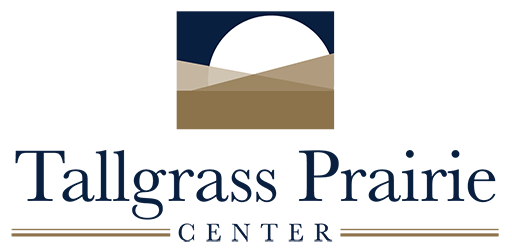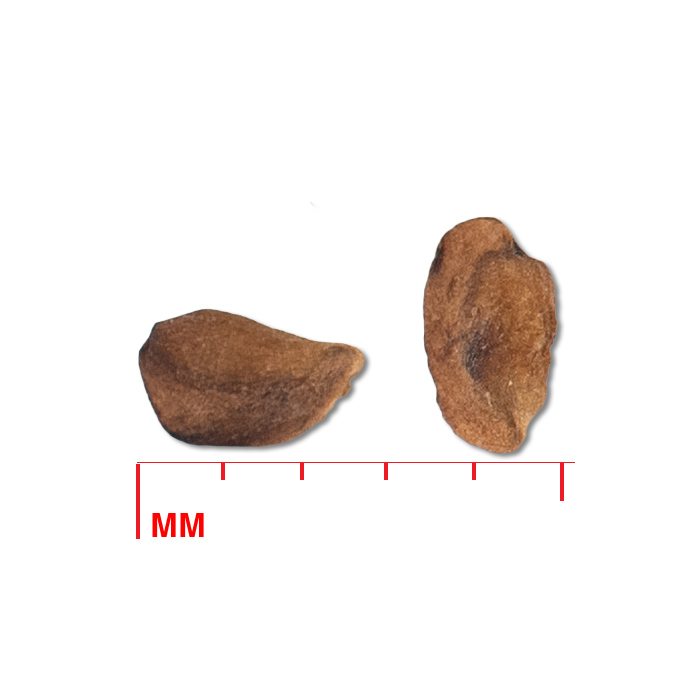swamp lousewort
Table of Contents
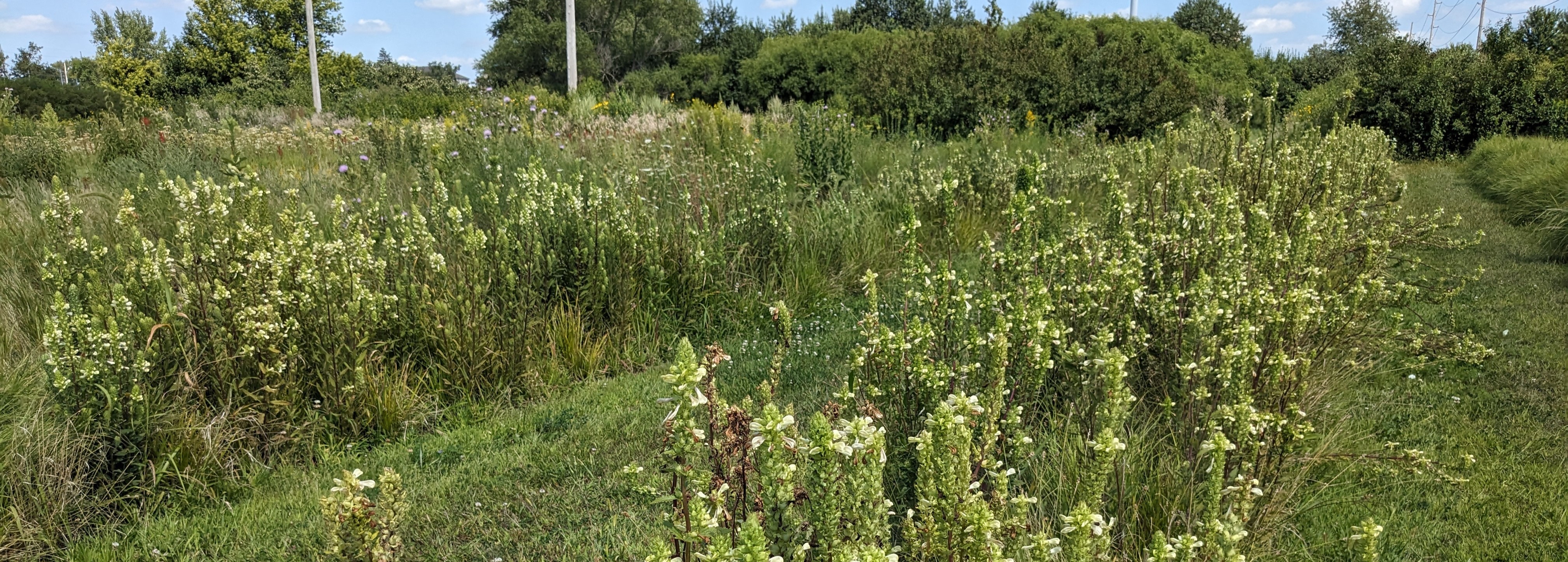
Pedicularis lanceolata Michx.
Alternate Common Name: swamp betony
Scientific Synonyms: Pedicularis auriculata Sm., Pedicularis pallida Nutt., Pedicularis virginica Poir.
Family: broomrape family (Orobanchaceae)
Functional Group: forbs (wildflowers), hemiparasites
Description
- Life cycle and growth form
Fibrous-rooted perennial, hemiparasitic, connects to the root systems of neighboring plants through structures called haustoria to obtain mineral nutrients.
Height: 1 - 3 ft
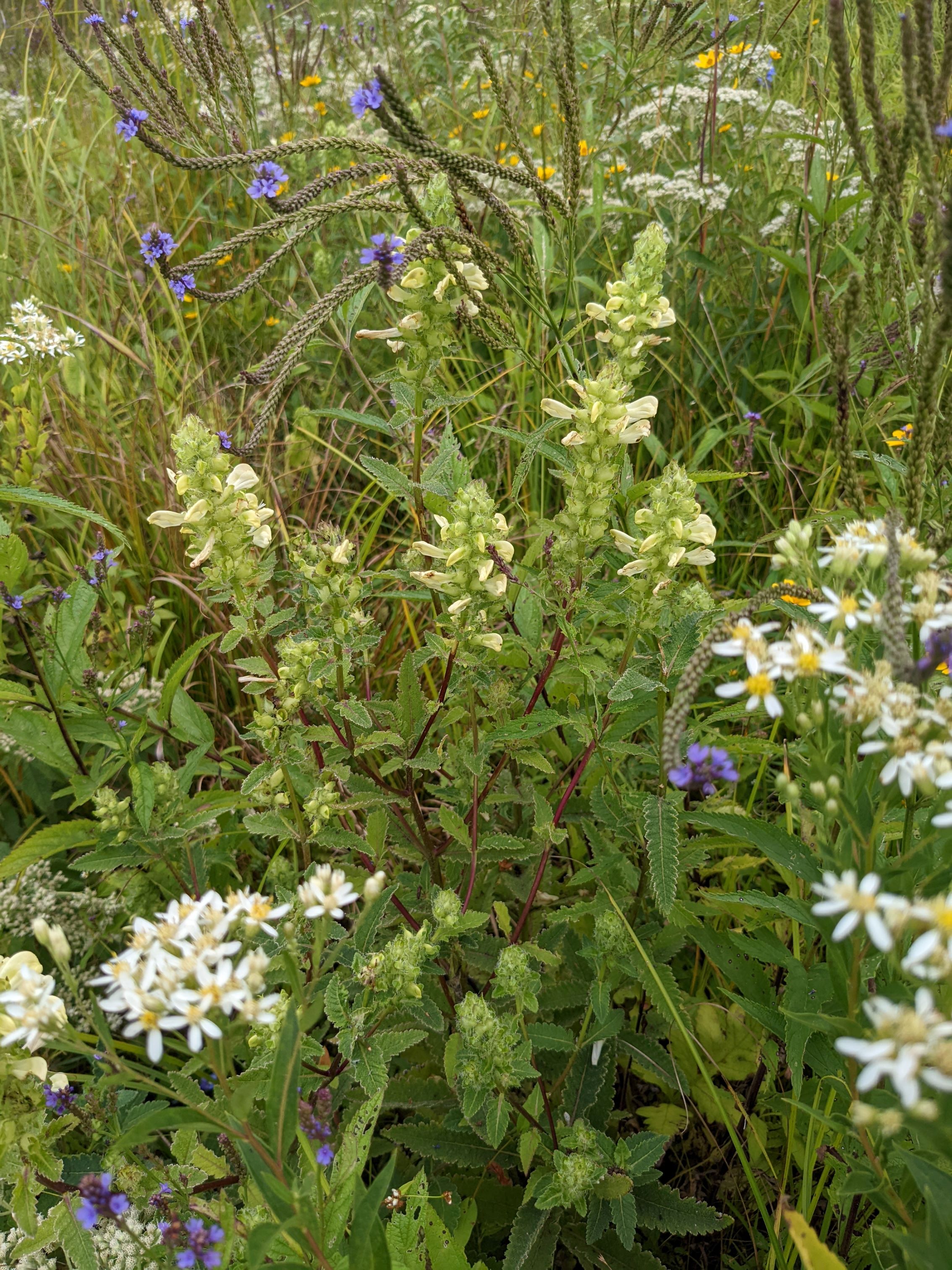
- Leaves and stem
Leaves up to 4 in long with coarsely textured surface, “fernlike” margins, opposite arrangement; sturdy stems are short-hairy to hairless and sparingly branched.
- Flower, fruit and seedhead
Flower: Cream colored flowers, about 1 in long, tubular and 2-lipped, with top lip that overhangs and curves over lower lip; arranged in dense spikes up to 4 in long.
Fruit/seedhead: A many-seeded capsule that splits open at maturity to release seeds.
Pollination: Primarily bumblebees; the flowers are twisted, and only larger-bodied bees that can learn to open the flowers are capable of accessing the pollen.
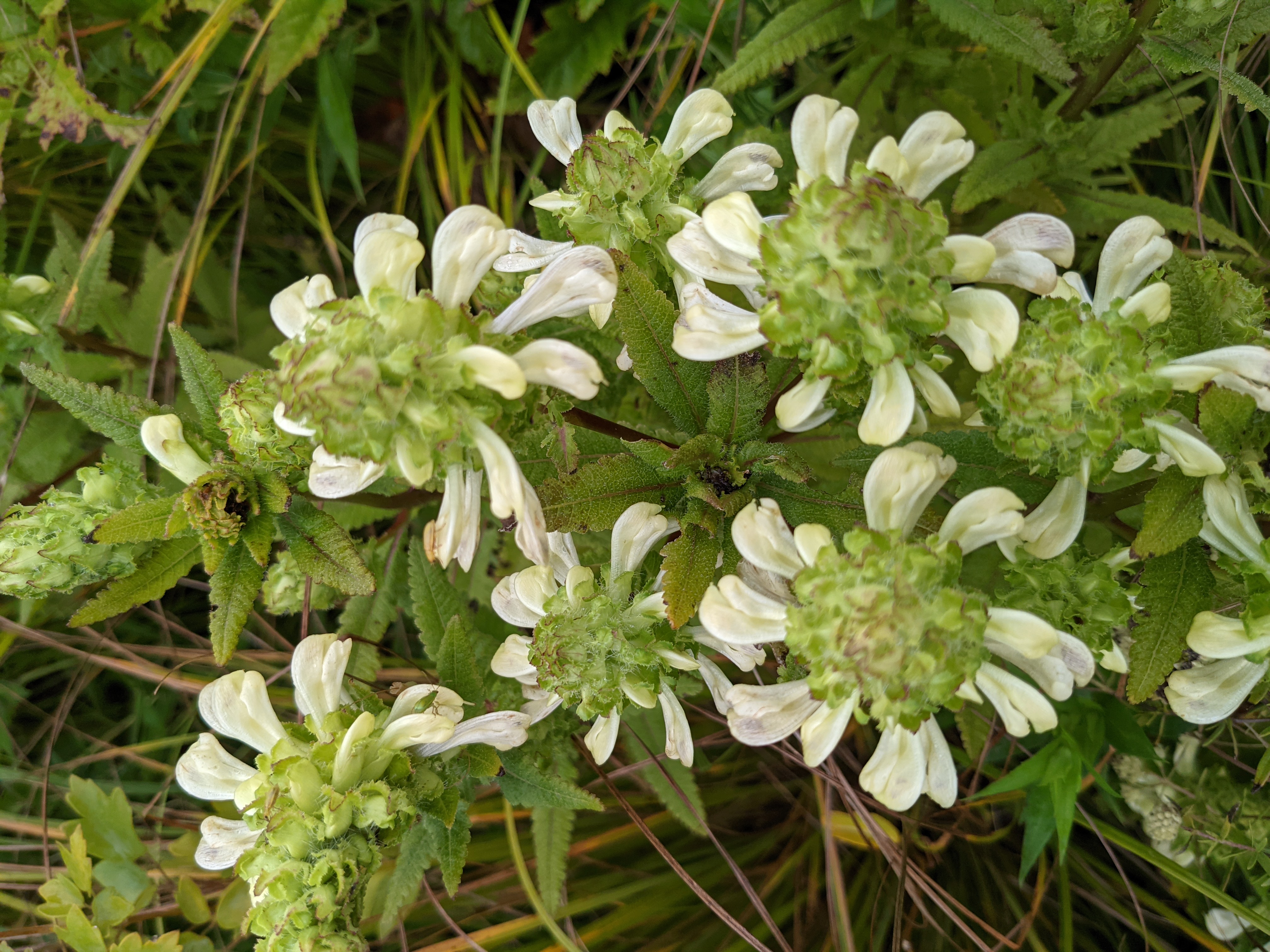
- Seed
Seed characteristics
Seeds per ounce: 44,000 (IA NRCS)
1000 seed weight: 0.57 g (measured at TPC using seed harvested from plots)
Description: Wrinkled, oval, brown seeds are winged along one side, approx. 1.5 by 2.5 mm with the wing; the shape is reminiscent of Chinese dumplings (pot stickers)
Typical seed test
PLS: 87.5%
Purity: 94.3%
Germination: 2%
Dormant: 90.8%
(averages obtained from 6 tests)
- Habitat and range
Habitat: Moist to wet soil; partial to full sun; wet sand prairies, fens, swamps, sandy ditches, shorelines; Wetland Indicator Status is Obligate Wetland (OBL) for the Midwest.
Conservation status: Global- G5, secure; Kentucky- SX, presumably extirpated; Delaware- SH, possibly extirpated; Arkansas, Georgia, Maryland, Massachusetts, and North Carolina- S1, critically imperiled; Pennsylvania and Tennessee- S1/S2, critically imperiled to imperiled; Connecticut and West Virginia- S2, imperiled; New York- S2/S3, imperiled to vulnerable; Nebraska, New Jersey, and Virginia- S3, vulnerable (NatureServe)
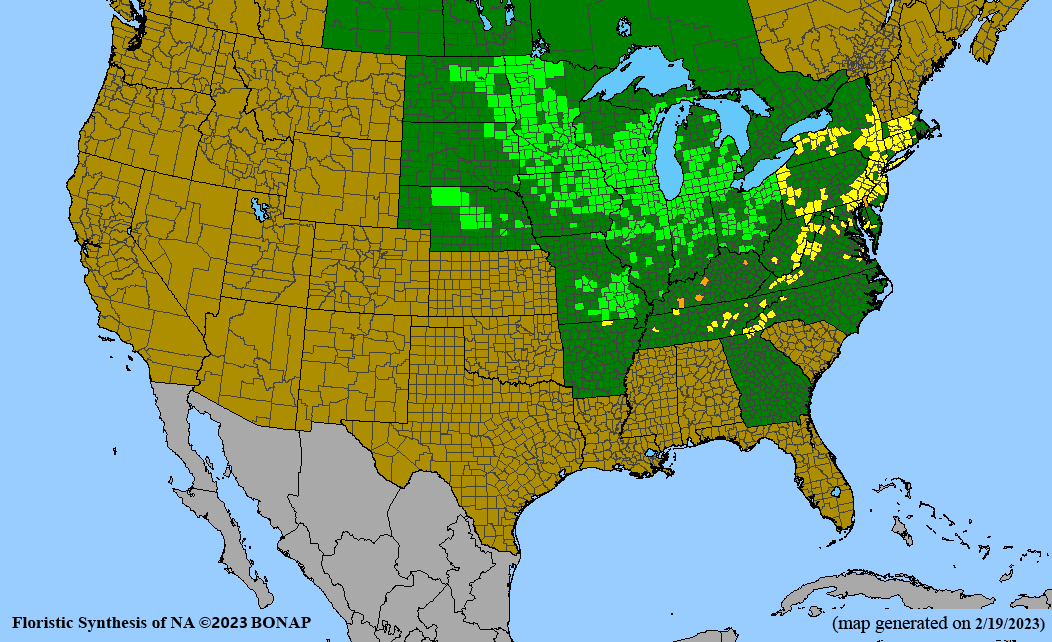
General Comments
Swamp lousewort is a hemiparasitic plant. This species is capable of photosynthesis but taps into the root systems of neighboring plants to obtain some of the mineral nutrients it needs for growth. Hemiparasitic plants may reduce the competitive dominance of their hosts, thereby promoting greater diversity in their plant communities. Swamp lousewort likely uses sedges, grasses, and composites as hosts in its wetland or wet prairie habitats. To establish plugs for seed production, we seeded stratified seed of swamp lousewort into plugs of two sedge species that could co-occur with it in nature. The seedlings transplanted well into irrigated production rows and produced abundant seed in the second year. The flowers are visited by worker bumble bees that can learn to twist open the flowers to access the pollen.
Recommendations for Seed Production
- Establishment for seed production
Direct seeding
Not recommended for this species.
Greenhouse
Seed pre-treatment: Benefits from 60-day cold/moist stratification. Check seed frequently in later weeks of stratification period as some seeds may germinate in the cold.
Sowing: Start sedge host plants about one month before the lousewort stratification period is over. Sow two-three lousewort seeds into a shallow slit or divot made near the base of a host sedge in a plug. For this species we used trays of 50-cell plugs that are 4 in deep. As sedge host plants grow, trim them as often as necessary to keep light available to the lousewort seedlings. We found that trimming was needed more often with Carex bebbii hosts than with C. hystericina.
Transplanting: Transplant into prepared plasticulture beds with drip tape irrigation after danger of frost is past and plugs are sturdy with well-developed root systems. Move trays outside to “harden off” a week or more before transplanting.
- Stand management
Weeds: Plastic mulch suppresses weeds in the planting year, and dense growth of host sedges is competitive with many weeds. We mow between rows to further suppress weeds. Small seeded weeds such as amaranth and lambsquarters would be a concern for seed cleaning.
Pests: None noted.
Diseases: None noted.
Soil moisture: Irrigation is recommended. Drip tape can be installed at the same time the plastic mulch is laid.
- Seed production
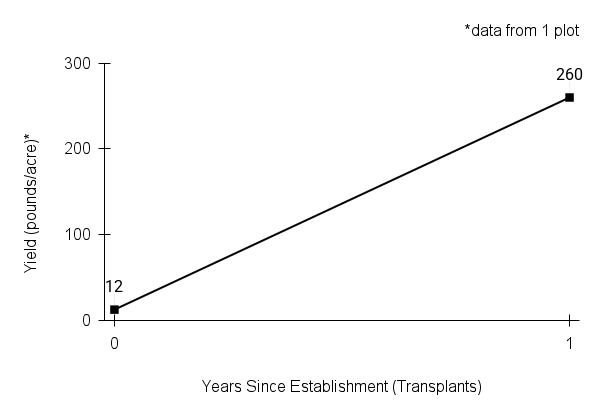
First harvest: A few plants flower and set seed in the planting year, but the first sizable harvest is in the year after transplanting.
Yield/acre: 260 lbs/acre (extrapolated from yield of one TPC production plot in the year after transplanting)
Stand life: Unknown at this time.
Flowering date: August - September in northeast Iowa
Seed maturity/Harvest date: mid-September to mid-October
Seed retention: Some seed is lost from open capsules, especially in high wind.
Harvest date range at TPC (2023-2024): September 7 - October 26
Recommended harvest method: We harvested the stems as the capsules matured, dried them, and passed them through the stationary combine. Combining in the field should also be effective, though some shattering may occur once capsules open.
- Seed cleaning and storage
Cleaning process: Seed that has been threshed through a combine may be passed through a coarse screen (1/4 in mesh) to remove remaining stemmy material, then airscreened. Hand collected material may need to be run through a brush machine to break up capsules and release seed.
Seed storage: cool/dry (33-50° F, 30-50% RH)
Released Germplasm
Source Identified material: Natural Selections/Iowa Ecotype Zone NI
Collection locations used in generating this ecotype are shown in the map below, overlaid on the Generalized Provisional Seed Transfer Zones of the US Forest Service.
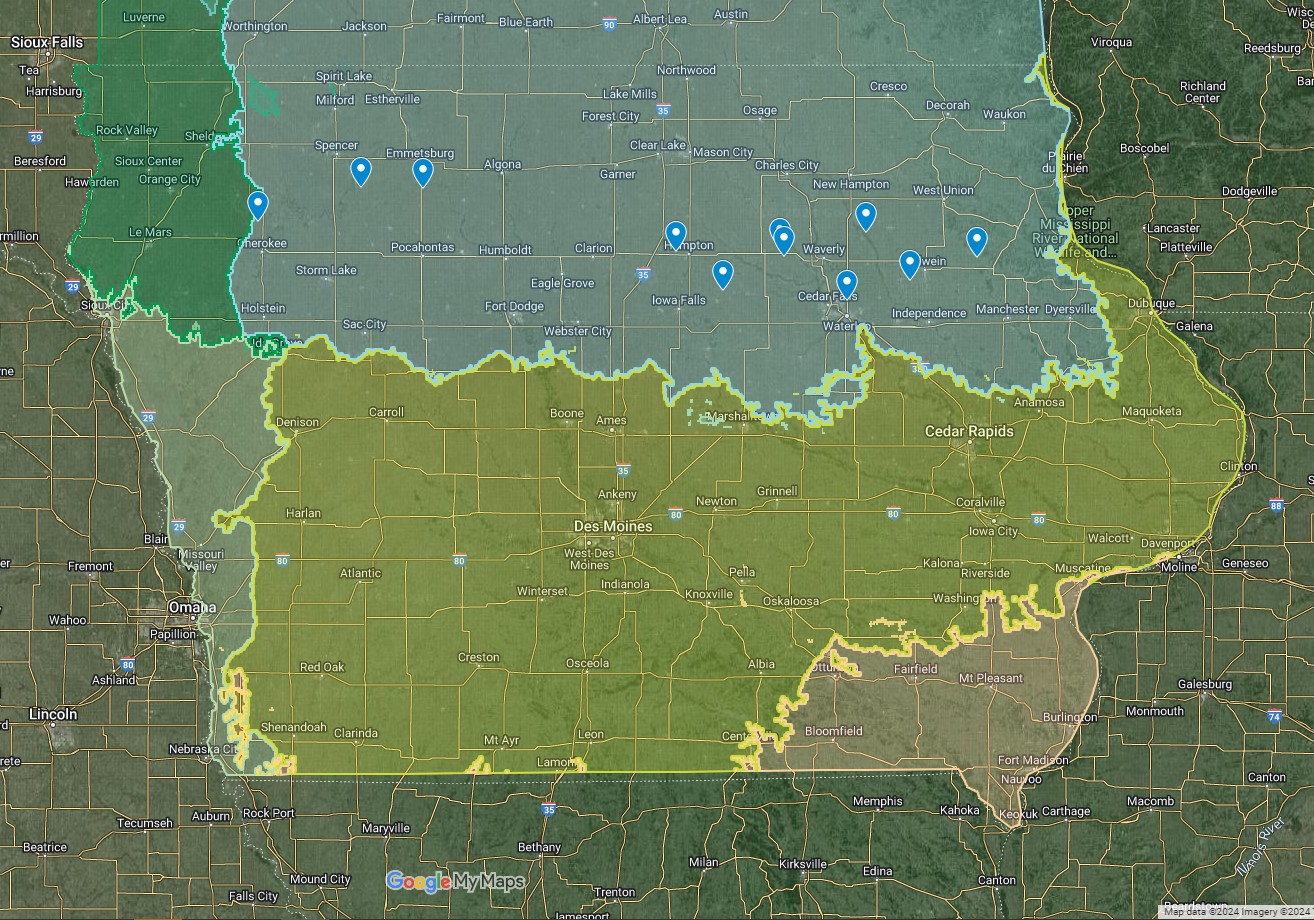
- References
Chayka, K. (n.d.). Pedicularis lanceolata (swamp lousewort). Minnesota Wildflowers. https://www.minnesotawildflowers.info/flower/swamp-lousewort
Dahlberg, L. (2022, February 3). Propagating Swamp Betony by Luke Dahlberg. Grassland Restoration Network. https://grasslandrestorationnetwork.org/2022/02/03/propagating-swamp-betony-by-luke-dahlberg/
Hilty, J. (2019). Swamp lousewort - Pedicularis lanceolata. Illinois Wildflowers. https://www.illinoiswildflowers.info/wetland/plants/sw_lousewort.htm
Kartesz, J.T., The Biota of North America Program (BONAP). 2023. North American Plant Atlas. (http://bonap.net/napa). Chapel Hill, N.C. [maps generated from Kartesz, J.T. 2023. Floristic Synthesis of North America, Version 1.0. Biota of North America Program (BONAP). (in press)]
NatureServe. 2024. NatureServe Network Biodiversity Location Data accessed through NatureServe Explorer [web application]. NatureServe, Arlington, Virginia. Available https://explorer.natureserve.org/. (Accessed: February 29, 2024).
USDA-NRCS. (2022). Conservation cover native seeding calculator [Excel File]. Retrieved from https://bit.ly/IA_OTH_Conservation_Cover-Native_Seeding_Calculator_2022
USDA NRCS National Plant Data Team. (n.d.). Pedicularis lanceolata Michx. USDA plants database. https://plants.usda.gov/home/plantProfile?symbol=PELA2
Species Guide Updated 2/14/2025

